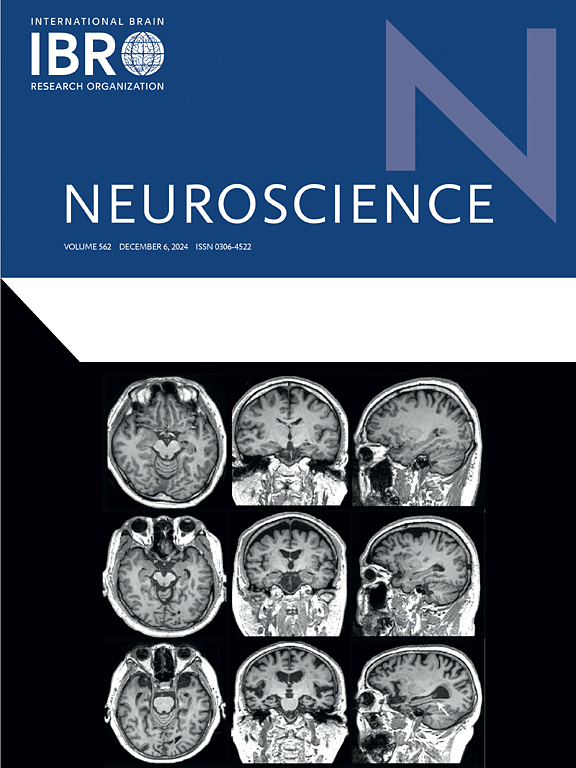Chemogenetic re-activation of a neuronal ensemble in the lateral hypothalamus that is active during activity-based anorexia in mice modulates feeding and running activity
IF 2.8
3区 医学
Q2 NEUROSCIENCES
引用次数: 0
Abstract
A high level of physical activity is common in patients with anorexia nervosa and can exacerbate symptoms and recovery prognosis. The underlying cause is not known but is most likely regulated by the brain and may derive from energy deficit. Numerous brain regions are activated by energy deficit, and here we identify the lateral hypothalamus (LH) as one of those brain regions by mapping and chemogenetically controlling activated neurons in this area in the activity-based anorexia (ABA) mouse model. Our studies employing the Fos-TRAP2 technique revealed an increased number of activated neurons in the LH and in the lateral septum (LS) of female ABA mice compared to ad libitum fed running controls. Re-activation of these ABA-induced neuronal ensembles in the LH, but not LS, increased both feeding and locomotor activity. Additionally, chemogenetic inhibition decreased both behaviours. These findings suggest that the LH (but not the LS) under energy deficit is an important brain region that controls feeding and excessive running activity in the ABA model.
小鼠活动性厌食症期间活跃的下丘脑外侧神经元集合的化学发生再激活调节进食和跑步活动
高水平的体力活动在神经性厌食症患者中很常见,并可加重症状和恢复预后。潜在的原因尚不清楚,但很可能是由大脑调节的,可能源于能量不足。在活动型厌食症(ABA)小鼠模型中,许多大脑区域被能量不足激活,本研究通过绘制和化学遗传学控制下丘脑外侧(LH)区域激活的神经元,确定下丘脑外侧(LH)是这些大脑区域之一。我们使用Fos-TRAP2技术的研究显示,与自由喂养的跑步对照组相比,雌性ABA小鼠的LH和外侧隔(LS)中激活的神经元数量增加。这些aba诱导的神经元群在LH(而不是LS)中重新激活,增加了进食和运动活动。此外,化学发生抑制降低了这两种行为。这些发现表明,在ABA模型中,能量不足时的左脑(而非左脑)是控制摄食和过度跑步活动的重要脑区。
本文章由计算机程序翻译,如有差异,请以英文原文为准。
求助全文
约1分钟内获得全文
求助全文
来源期刊

Neuroscience
医学-神经科学
CiteScore
6.20
自引率
0.00%
发文量
394
审稿时长
52 days
期刊介绍:
Neuroscience publishes papers describing the results of original research on any aspect of the scientific study of the nervous system. Any paper, however short, will be considered for publication provided that it reports significant, new and carefully confirmed findings with full experimental details.
 求助内容:
求助内容: 应助结果提醒方式:
应助结果提醒方式:


